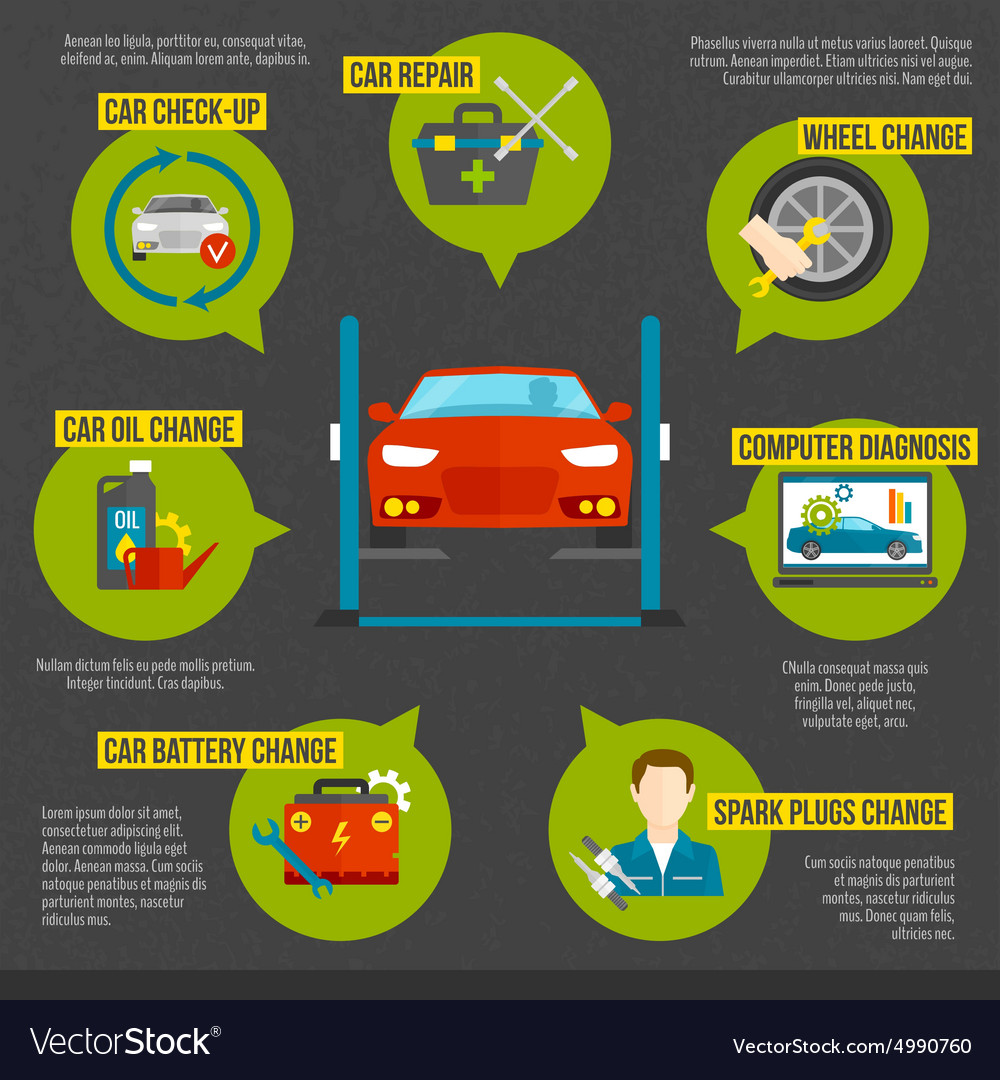Wondering About The Definition Behind Those Dashboard Warning Lights? Gain Insights Right Into Their Implications For Your Car'S Safety And Maintenance
Wondering About The Definition Behind Those Dashboard Warning Lights? Gain Insights Right Into Their Implications For Your Car'S Safety And Maintenance
Blog Article
Author-Samuelsen Stark
When you're behind the wheel, those beautiful warning lights on your control panel can be a little bit puzzling. Do you recognize what they're attempting to inform you about your vehicle's wellness? Comprehending the significance of these lights is essential for your safety and security and the durability of your vehicle. So, the next time one of those lights appears, wouldn't you want to analyze its message properly and take the needed steps to address it?
Common Caution Lighting and Interpretations
Determine common caution lights in your car and comprehend their definitions to make certain risk-free driving.
One of the most regular warning lights include the check engine light, which signifies issues with the engine or discharges system. If this light begins, it's crucial to have your car inspected promptly.
The oil pressure warning light suggests reduced oil stress, calling for immediate interest to prevent engine damages.
A flashing battery light might recommend a malfunctioning charging system, potentially leaving you stranded if not attended to.
https://connerrlgau.techionblog.com/32123646/learn-how-environmentally-friendly-automobile-detailing-products-can-raise-your-automobile-s-luster-while-shielding-the-world-find-the-lasting-alternatives-waiting-on-you monitoring system (TPMS) light signals you to reduced tire pressure, impacting car security and gas effectiveness. Ignoring this might lead to risky driving conditions.
The ABS light suggests a problem with the anti-lock stopping system, jeopardizing your capability to stop quickly in emergencies.
Lastly, the coolant temperature warning light warns of engine overheating, which can result in serious damage otherwise solved swiftly.
Recognizing these common warning lights will aid you attend to concerns promptly and maintain risk-free driving problems.
Significance of Prompt Focus
Comprehending the typical warning lights in your vehicle is just the primary step; the relevance of promptly resolving these warnings can't be stressed enough to guarantee your security on the road.
When a warning light illuminates on your control panel, it's your vehicle's method of connecting a prospective issue that requires interest. Ignoring these warnings can cause much more extreme problems down the road, compromising your security and possibly costing you much more out of commission.
Trigger focus to alerting lights can protect against failures and crashes. For example, a flashing check engine light could suggest a misfire that, if left unattended, can cause damage to the catalytic converter. Addressing this immediately can conserve you from an expensive fixing.
Similarly, a brake system alerting light may signify low brake liquid or used brake pads, important elements for your safety and security when driving.
DIY Troubleshooting Tips
If you discover a caution light on your control panel, there are a couple of DIY repairing suggestions you can attempt prior to seeking specialist help.
car and boat detailing near me is to consult your vehicle's handbook to understand what the details warning light shows. Sometimes the concern can be as straightforward as a loose gas cap triggering the check engine light. Tightening up the gas cap may deal with the issue.
An additional typical problem is a low battery, which can set off numerous cautioning lights. Examining the battery links for rust and guaranteeing they're secure could deal with the problem.
If a caution light persists, you can try resetting it by disconnecting the cars and truck's battery for a couple of mins and after that reconnecting it. Additionally, inspecting a and m detailing , such as oil, coolant, and brake fluid, can assist troubleshoot warning lights associated with these systems.
Verdict
To conclude, understanding your auto's caution lights is essential for maintaining your car running efficiently and safely. By immediately resolving these notifies and knowing what they indicate, you can prevent pricey repairs and prospective breakdowns.
Keep in mind to consult your automobile's guidebook for certain details on each cautioning light and do something about it appropriately to make sure a trouble-free driving experience.
Stay notified, remain risk-free when traveling!
